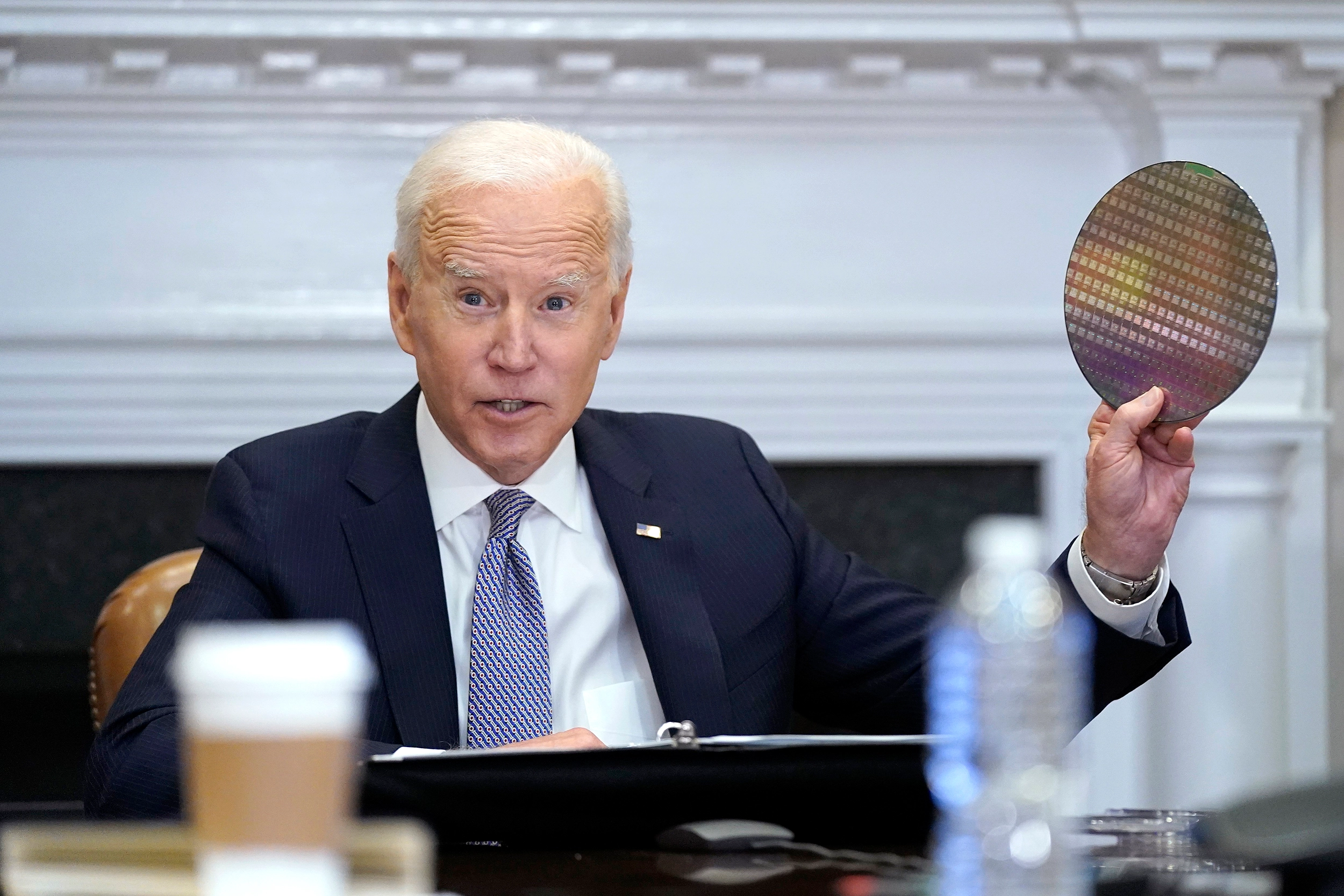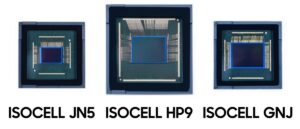Introduction:
The U.S. semiconductor industry, a vital player in the country’s technological landscape, is currently grappling with a severe talent shortage. According to the Semiconductor Industry Association (SIA), the shortage is projected to reach nearly 70,000 workers by 2030. Recognizing the urgency of the situation, the industry is proposing a groundbreaking solution – the “Chipmaker Visa”
This visa program aims not only to streamline the talent acquisition process but also to contribute significantly to national security and economic strength.
Follow us on Linkedin for everything around Semiconductors & AI
The Current Landscape:
At present, the primary avenue for the U.S. semiconductor industry to import foreign talent is the H-1B visa. However, this system has its drawbacks. The H-1B visa is allocated through a lottery system, with a selection rate of less than 20%.
Even if an individual is selected, the visa is valid for only six years. Given the long-term nature of semiconductor projects and the continuous need for skilled workers, this system falls short of meeting the industry’s demands.
Read More: 85k Jobs but 80% may remained Unfulfilled by 2030 in US Manpower Crisis
The Proposal: “Chipmaker Visa”
In response to these challenges, the U.S. chip sector is proposing a visionary solution – the “Chipmaker’s Visa.” Here’s a comprehensive look at how this proposed visa program would work:
Visa Allocation:
Every year, a total of 10,000 visas would be designated specifically for the semiconductor industry.
These visas would be distributed through a unique mechanism, with 2,500 visas available in each quarter.
Auction System:
To ensure fairness and prevent companies from exploiting the system for cheap labor, the visas would be auctioned to companies.
This auction system aims to strike a balance, allowing companies to access the foreign talent they need while discouraging the misuse of the program to undermine domestic workers.
Eligibility Criteria:
Only companies with North American Industry Classification System (NAICS) codes related to the semiconductor industry would be eligible to participate in the auction.
This targeted approach ensures that the visas are allocated specifically to companies within the semiconductor sector, addressing the industry’s unique needs.
Policy Support:
The proposed “Chipmaker’s Visa” comes at a time when the U.S. government is actively supporting the semiconductor industry’s growth.
President Joe Biden signed the CHIPS and Science Act in 2022, allocating over $52 billion in funding to bolster the development of the U.S. semiconductor industry.
This legislative support underscores the importance of a robust semiconductor sector for national security and economic competitiveness.
Read More: 7 Pillars of TSMC Roadmap to Chip Supremacy Till 2030
Conclusion:
The “Chipmaker’s Visa” proposal emerges as a strategic solution to the talent shortage crisis faced by the U.S. semiconductor industry. By creating a targeted and controlled mechanism for importing skilled foreign workers, this visa program aims to benefit both the industry and the nation at large.
As the semiconductor sector plays a pivotal role in technological innovation, economic growth, and national security, the success of this proposal could mark a significant milestone in securing the industry’s future and maintaining the United States’ leadership in the global tech landscape.








